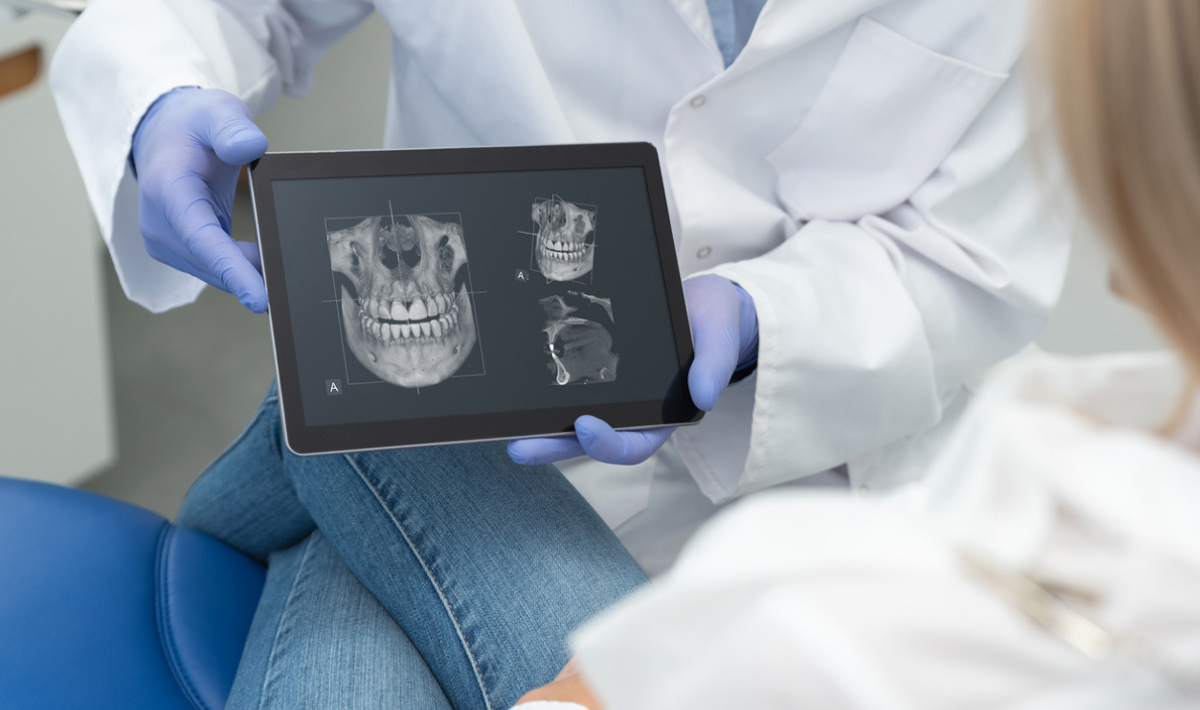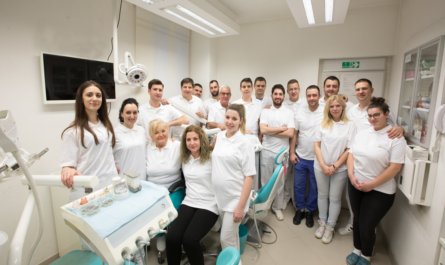Innovative technologies can curb the lack of access to dental care facing so many Americans.
By Emmet Scott, CEO, Community Dental Partners
Many Americans have limited or no access to routine dental care, so finding new ways to expand dental services is paramount. It’s estimated that there are 2 million hospital emergency department visits each year for preventable dental pain, costing our healthcare system $1.7 billion.
To address staggering inequities in oral healthcare, we should turn to our technological resources.
In the past two decades, a visit to a dentist has changed for many Americans. Now, we can watch on a screen as a hygienist moves a camera across our teeth to take digital X-rays. And with the help of artificial intelligence (AI), a dentist can identify tooth decay easier and provide a simpler diagnostic explanation to patients. Teledentistry offers patients the ability to be seen minus travel or high costs, reducing unnecessary emergency room visits, which simplifies processes, saves time, and delivers peace of mind for patients.
Adopting new technology is no longer something only entrepreneurial dentists and younger dentists interested in digital health should do – technology should be part of dental healthcare delivery across practices. The dental industry is anticipating an increase in labor costs and patient expectations, thus the accuracy, convenience and time-saving benefits of these technologies will prove valuable to patients and practices.
As president of the Association of Dental Support Organizations (ADSO) and CEO and co-founder of Community Dental Partners, I see the ways that technology is increasing access to oral healthcare. Technology supports higher quality dental care, convenience for patients, and streamlined delivery, ultimately expanding access to dentistry for millions of people. Many dentists have welcomed technology and sought out ways to integrate the newest AI tools and systems into their practice. However, this can be costly for those in a single dentist private practice. One of the top reasons dentists choose to partner with DSOs is because we quickly embraced technology and continue to do so.
As early adopters of technology, I’ve seen DSOs run smoother, resulting in better patient care, employee satisfaction, and practice success. For instance, a patient may remember to schedule a visit when she’s brushing her teeth at night and can make an appointment instantly via online scheduling software. While this software seems like an obvious investment as it improves operations and patient satisfaction, its adoption isn’t industry wide and can be quite complex.
Of the many resources that DSOs provide, technology plays a primary role in creating seamless dental visits, from first contact to appointment reminders and patient follow-ups. What’s more, our commitment to continuous learning ensures that practice staff are trained on the latest technological advances and best practices. Once well-versed, practice teams can support dental access for more patients, especially those who face uncertainties regarding access to oral healthcare.
With advantageous buying power, DSO-affiliated dentists can access these various technologies and provide the benefit to patients at a lower cost, ensuring improved access and better oral care outcomes for all.





